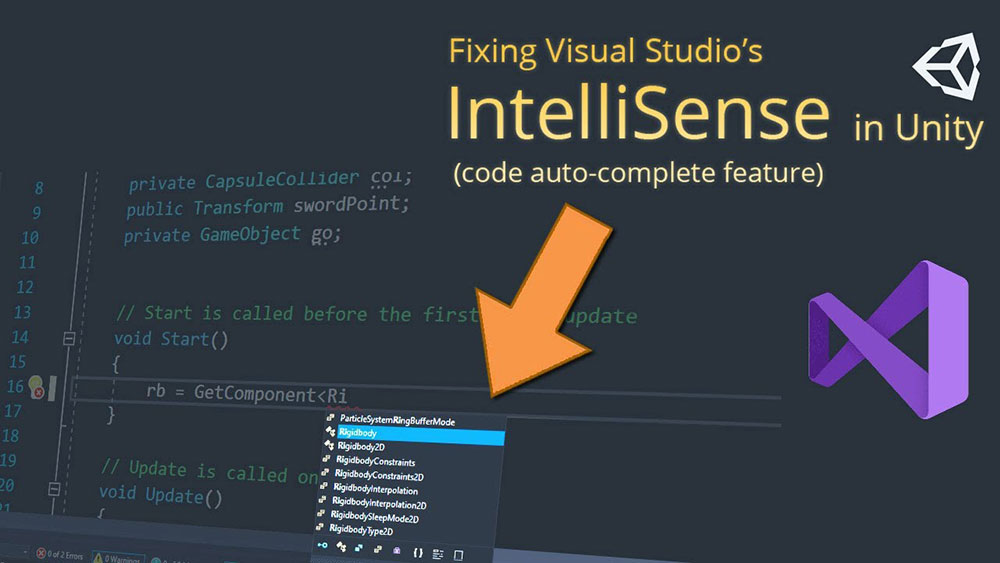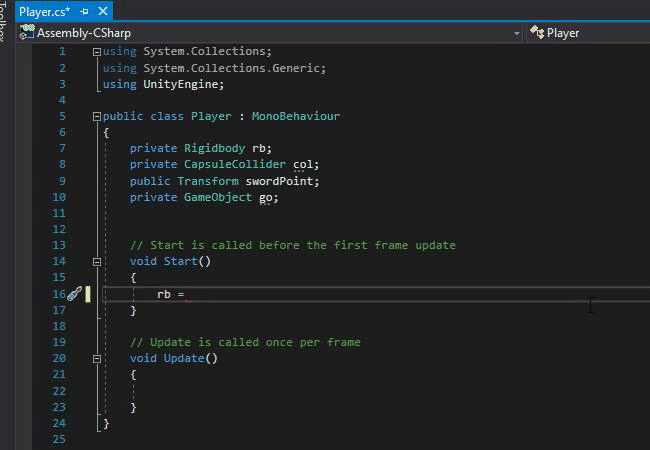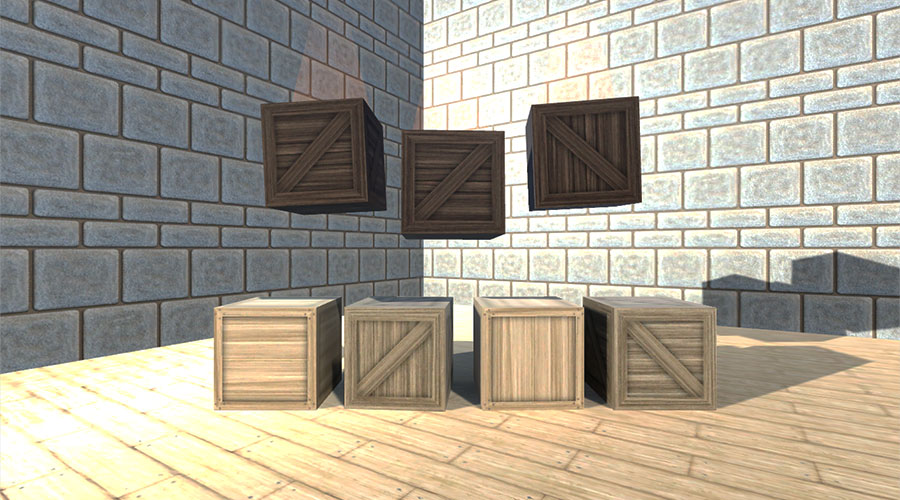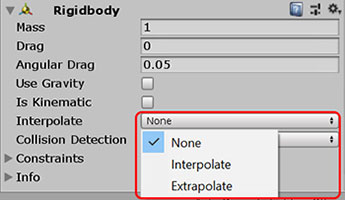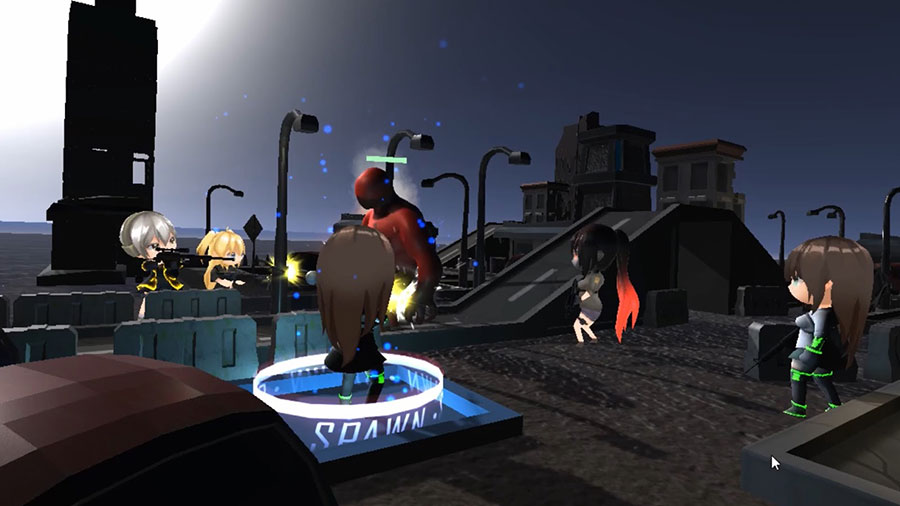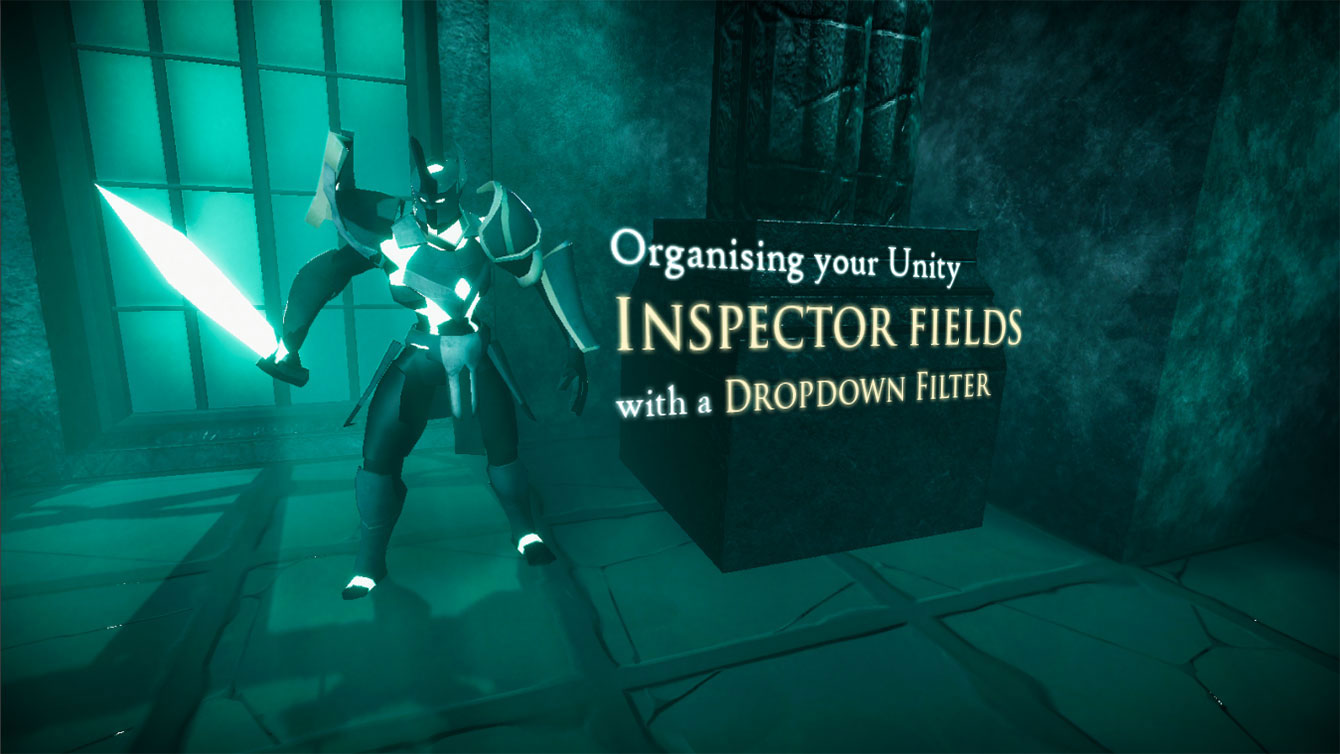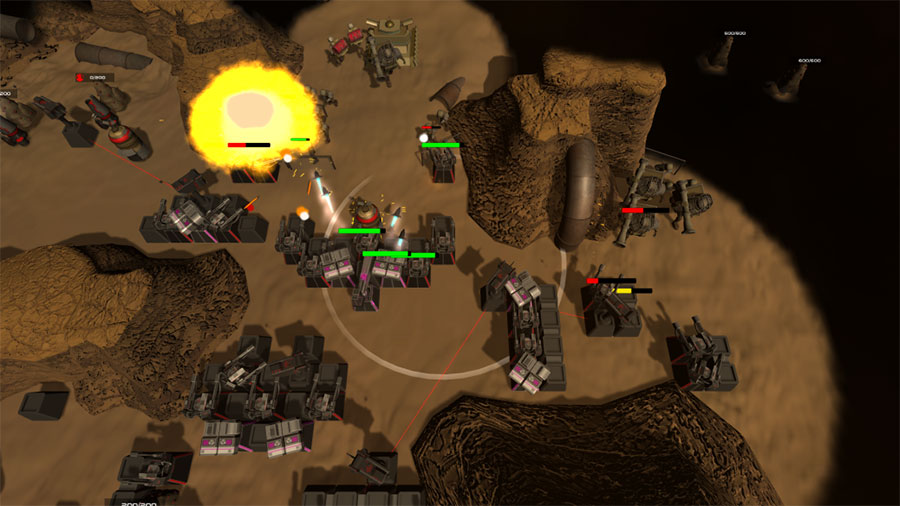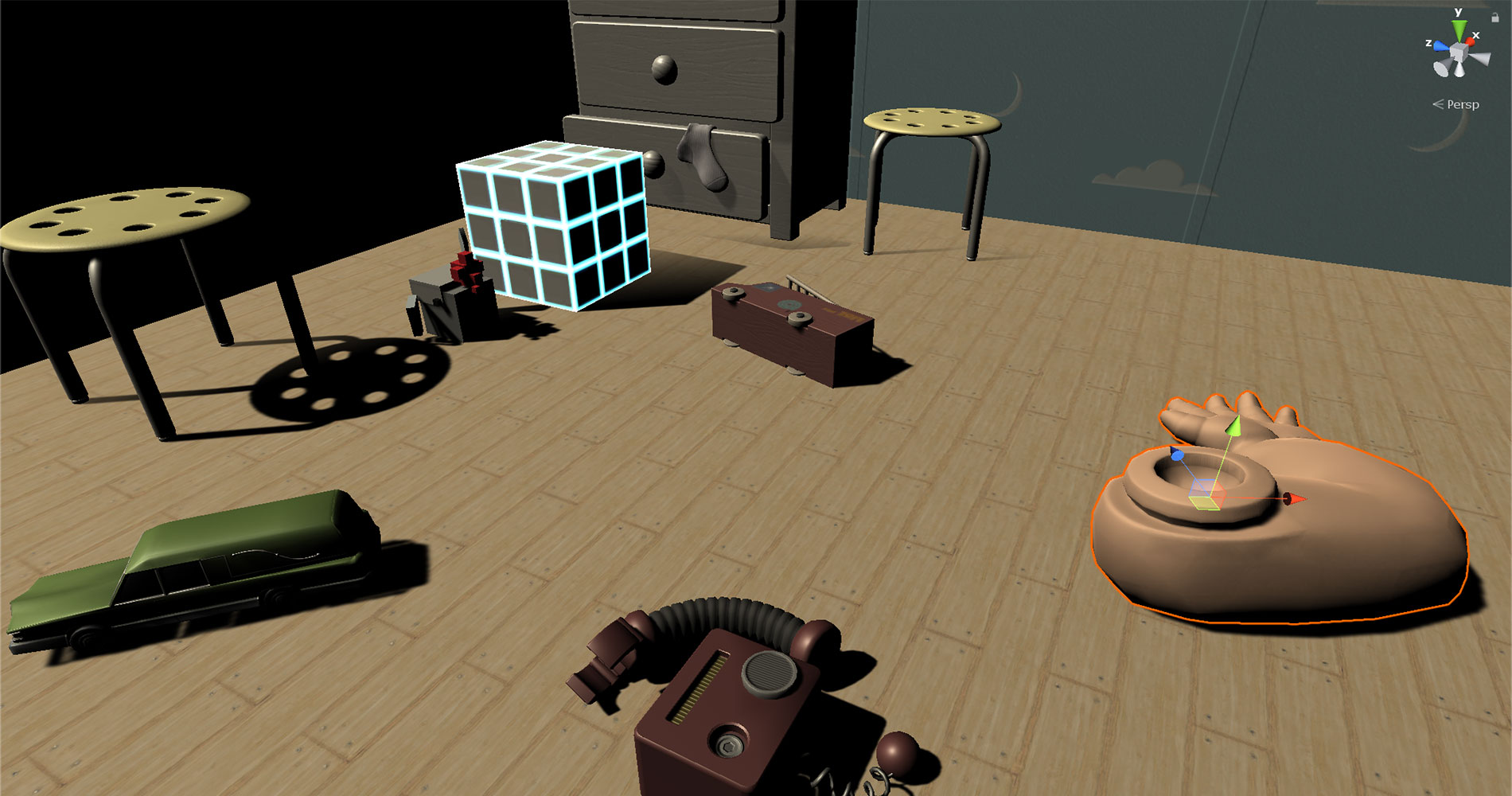Unity has seen growth in leaps and bounds since its humble beginnings in 2005, having IPO-ed for a whooping US$1.3 billion in September 2020. It is also looking at releasing Unity 6 — chock with a whole bunch of new features — at the end of 2024.
Since its tremendous growth over the past 3 decades, the Unity Engine has also changed significantly over the past decade, so much so that it has become difficult to set up and use, especially for new users. If you’re just getting your toes wet with the engine for the first time, here is a guide to help you figure out how to set it up — the trouble will be worth it, because it is one of the easiest game engines to use, and also one of the most robust game engines out there.
Continue reading
